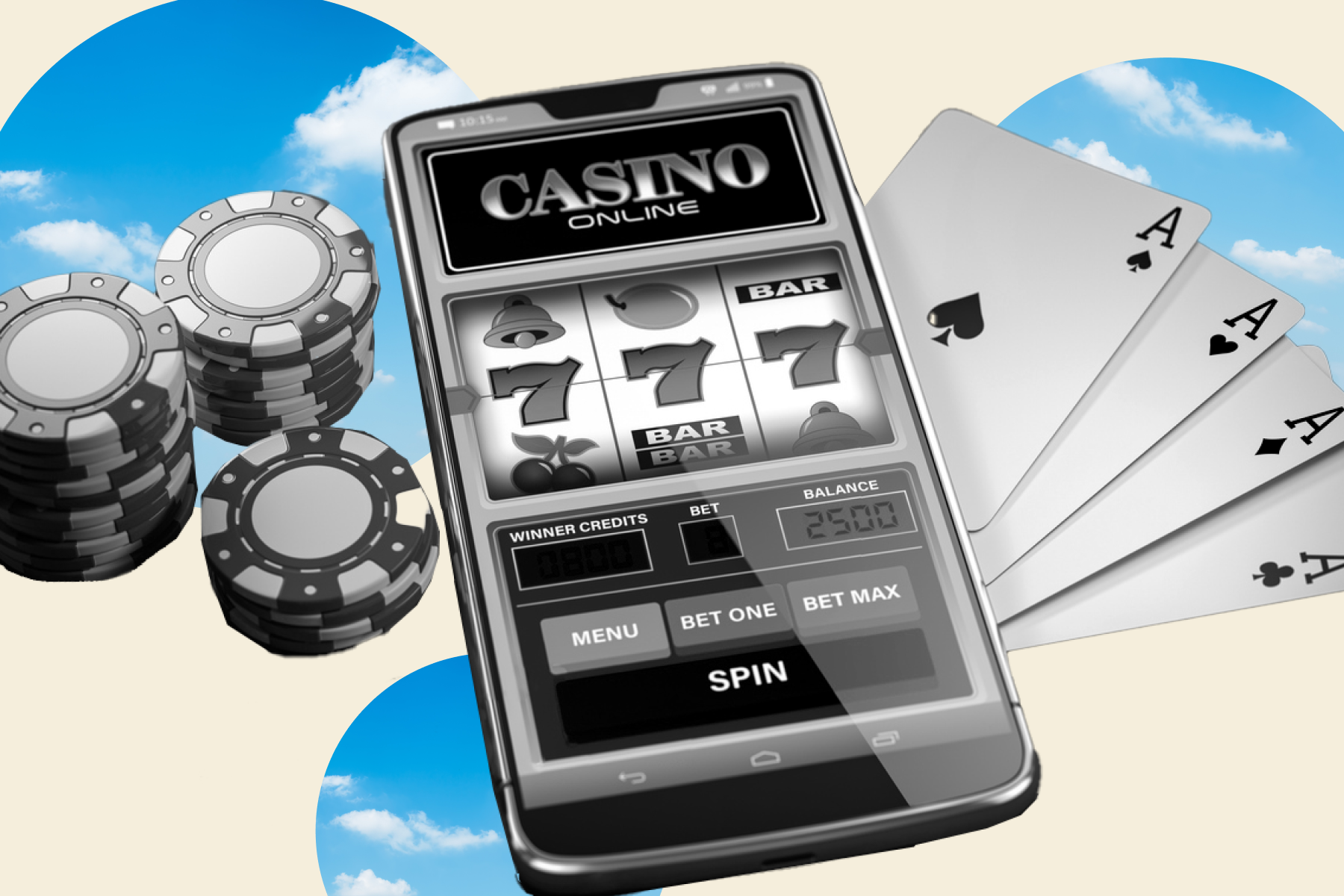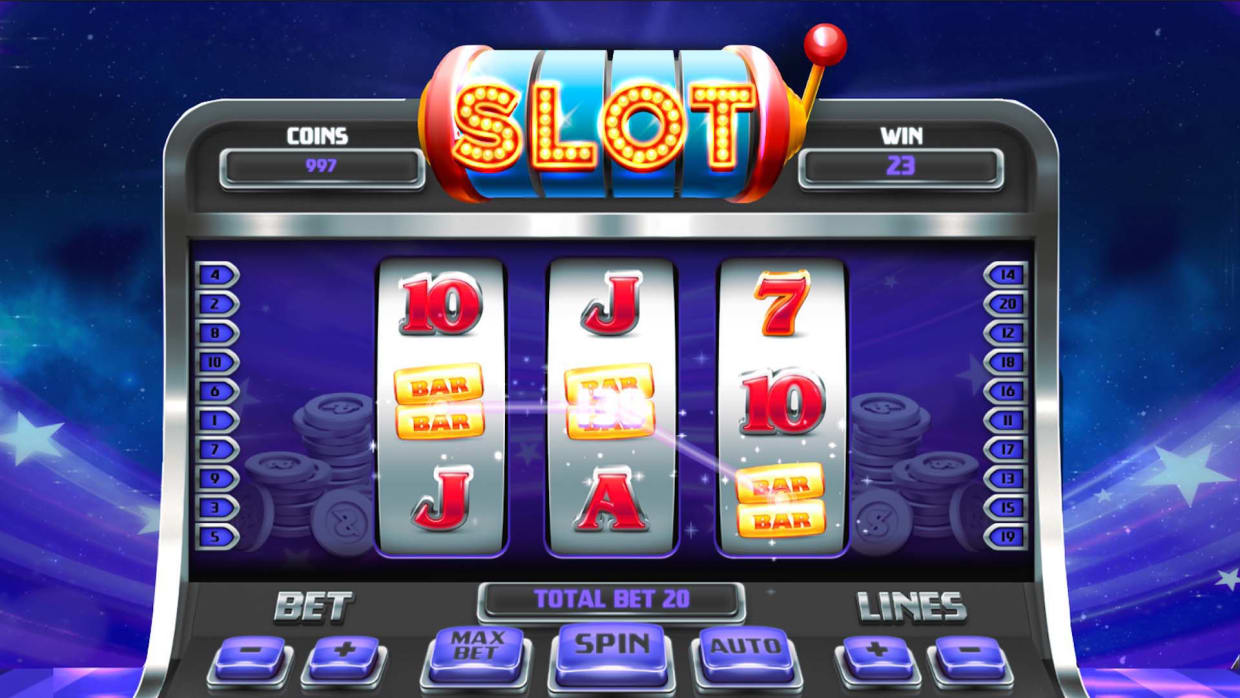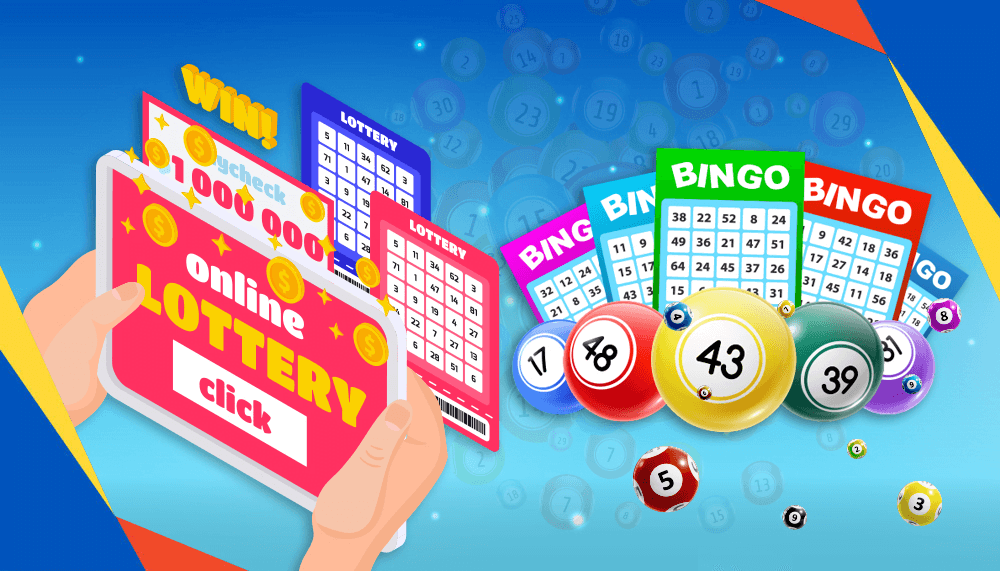In today’s competitive online casino market, the design and layout of a slot game’s user interface (UI) can make or break player engagement. Small tweaks—such as button placement, menu navigation, or the arrangement of bonus features—can have an outsized impact on session length, conversion rates, and overall satisfaction. Traditional A/B testing, which compares two variants of a single element, often falls short when multiple interdependent UI components need simultaneous evaluation. Multivariate testing (MVT) fills this gap by allowing developers to test combinations of changes across several variables, identifying the optimal layout that maximizes key performance indicators. This article outlines a systematic approach to employing MVT in slot UI and feature layout optimization, ensuring data‑driven decisions guide every design iteration.
Defining the Scope and Variables
The first step in any multivariate testing initiative is to define the scope of the experiment. Stakeholders must agree on the specific UI elements and feature placements under evaluation. Common variables in slot games slot spaceman include the size and color of the “Spin” button, the placement of the paytable icon, the prominence of the autoplay toggle, the visibility of bonus triggers, and the arrangement of wager controls. Each of these elements can have multiple variants—different colors, positions, sizes, or iconography—that will be combined in the test matrix. It’s crucial to limit the number of variables to a manageable set (typically three to five), as the number of combinations grows exponentially. For instance, testing three button colors, two positions, and two sizes results in twelve unique layouts. Defining clear parameters at the outset ensures the experiment remains statistically valid and logistically feasible.
Establishing Success Metrics
With variables in place, operators must establish the success metrics that will determine the winning layout. In slot UI optimization, common metrics include the Click‑Through Rate (CTR) on the “Spin” button, Time to First Spin, Feature Engagement Rate (percentage of sessions triggering bonus rounds), Session Duration, and Average Bet Size. Depending on strategic goals—such as increasing the uptake of a new bonus mechanic or reducing friction for first‑time deposits—one metric may take precedence over others. It’s also prudent to set thresholds for statistical significance and confidence intervals before launching tests. By agreeing on what constitutes a “win, ” all stakeholders align on the experiment’s objectives and avoid skewed interpretations driven by post‑hoc analyses.
Implementing the Multivariate Test
Once variables and metrics are defined, developers integrate the MVT framework into the slot game’s codebase. Modern optimization platforms and in‑house libraries can dynamically serve different combinations to distinct user segments. It’s essential to ensure that each variant is delivered randomly and evenly, preventing selection bias. For mobile and desktop clients, caching mechanisms should be considered to maintain consistency within a player’s session; once a user sees a specific layout, they should continue to see it throughout that session to avoid confusion. Data instrumentation must capture user interactions at a granular level, logging not only button clicks but also hover events, scroll positions, and any errors encountered. Rigorous QA prior to rollout—testing each combination in isolation and in concert—minimizes the risk of technical issues disrupting the experiment.
Monitoring and Analyzing Results
During the test, the optimization team monitors performance dashboards in real time, tracking the predefined success metrics across all layout combinations. Early data can reveal clear underperformers that warrant immediate exclusion, narrowing the field to promising contenders. However, statistical best practices dictate that tests run until each variant group reaches a sufficient sample size, ensuring results are robust against random fluctuations. At the conclusion, analysts compare metric lifts—such as a 12% increase in CTR or a 9% boost in feature engagement—against baseline layouts. Advanced statistical methods, such as Bayesian analysis or ANOVA, can further validate that observed differences are not due to chance. The variant that consistently outperforms others across the most critical metrics emerges as the recommended design.
Iterating and Scaling Insights
Multivariate testing is not a one‑and‑done exercise but part of a continuous optimization cycle. Insights gleaned from one experiment can inform future tests; for example, if a larger “Spin” button consistently boosts CTR, subsequent tests might explore alternative color contrasts or adjacent feature placements to compound the effect. Moreover, lessons learned about user behavior—such as the optimal placement for bonus icons that maximizes click‑through without crowding core controls—can be codified into design guidelines for all upcoming slot titles. Operators should maintain a centralized repository of MVT outcomes, complete with variant configurations, statistical results, and qualitative feedback from player support channels. This institutional knowledge accelerates future tests and fosters a culture of data‑driven design.
Addressing Technical and Ethical Considerations
While MVT offers powerful insights, it also raises technical and ethical considerations. On the technical side, ensuring minimal performance overhead is paramount; loading and rendering multiple layout variants should not degrade frame rates or increase load times. Developers must optimize asset delivery, perhaps by lazy‑loading non‑critical images or precompiling UI components. On the ethical front, operators must avoid dark‑pattern tactics that manipulate player behavior unethically—such as burying the “Cash Out” button or obscuring loss notifications. Regulatory scrutiny in many jurisdictions demands transparent interfaces that prioritize player protection. Multivariate tests should thus be designed within ethical guardrails, preserving player trust even as they optimize for conversion.
Conclusion
In an industry where fractions of a second and minute UI adjustments can significantly impact player engagement and revenue, multivariate testing provides a rigorous, scalable framework for slot UI and feature layout optimization. By systematically defining variables, aligning on success metrics, implementing robust test infrastructures, and iterating on data‑driven insights, developers can refine interfaces that delight players and support business goals. Coupled with ongoing ethical vigilance and technical excellence, MVT empowers operators to evolve their slot experiences continuously—ensuring that every spin feels intuitive, engaging, and seamlessly designed for maximum player enjoyment.































/smstreet/media/media_files/kIDpJdBULh7mdMrIYtWi.png)





